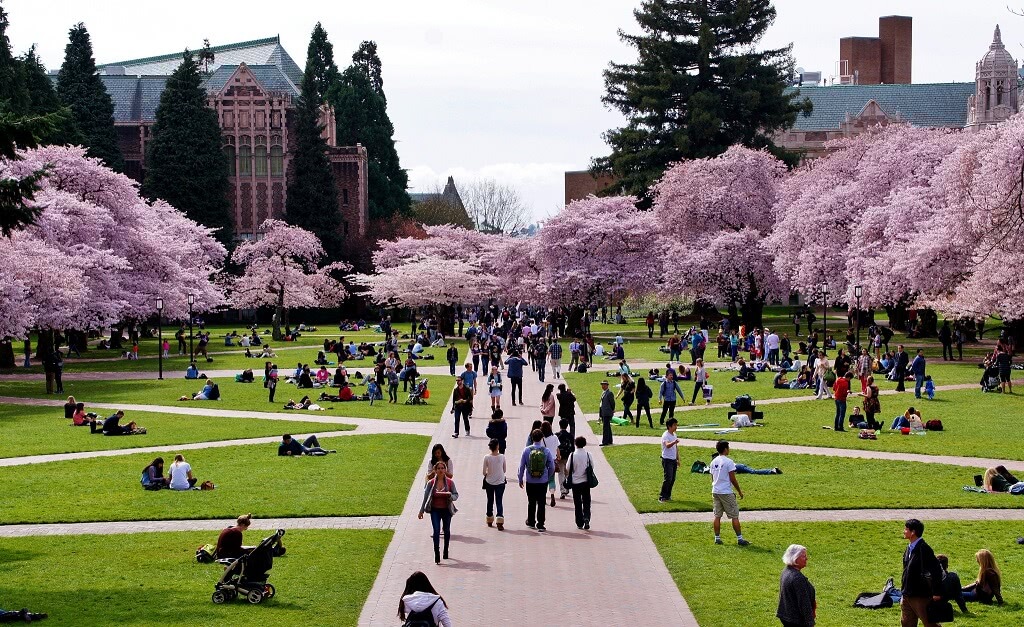A large deciding factor for many students when choosing a college is size. Do they want to go to a small or big school? As a student, you find your perfect college match in terms of the community it is located, a top-ranked program for the major you choose, a generous financial aid package, but there is one issue. You worry the classes will be too big for you to adequately learn the material, to feel heard, and to get help when needed. However, large schools still can have small class sizes. Additionally, the question is, does class size matter?
Remember, it’s average class size
It is common to feel overwhelmed by large class sizes. You may have more people in one class than you had in your entire high school. That could be exciting or alarming for a student. Also, when you see colleges and universities touting their average class size on marketing materials, it is important to remember it is an average. At a large university, it will be very hard to avoid large lectures.
Most schools require a core curriculum all students must take before graduation. These are often referred to as general education courses. While your school may have many options, and find classes that are small and still fulfill the requirement, it won’t always be possible. It is largely a demand issue. Freshman class sizes increase, but the faculty doesn’t necessarily. This leads to a situation where there is no other choice than a professor to teach a class of 400 students that all need the class to graduate.
Large class sizes aren’t necessarily bad
Is this a bad thing, though? Can you really be engaged and learn in a meaningful way in a class of a couple hundred students? Yes. This comes down to the instructor many times. Lecture can be dull, if the teacher is dull. However, there are amazing lecture classes taught by thoughtful, inspirational professors. They walk around the hall, ask students insightful questions, create engaging content onscreen, and plan activities to get students moving and involved. That sounds a lot better than watching a professor lecture monotonously.

Though there are some downsides
Now, the not so great part. With large classes, accountability decreases. You can slip in and out the back doors hardly noticed. If you don’t attend, your professor may never know and there are no penalties. It is much harder to have the gumption to walk out of a class of 20 students. While mere attendance does not guarantee engagement, it’s better than absenteeism. Many professors are working to combat this problem through the use of technology and engagement.
How technology plays a part
As we discussed in a previous post, clickers are very common on college campuses. Professors often ask questions on the screen where students use the clickers to answer in. Some ask a question just at the beginning and end of the lecture, to ensure attendance. Others ask a series throughout the lecture, to gauge learning, and reward students who attend with points. While there are flaws in the system such as a student bringing a friend’s clicker, it is a great use of technology to engage students in a large hall.
Discussion classes
Additionally, almost every lecture class pairs with a discussion class. Essentially, you receive the content material in the lecture from the professor, then you attend a discussion class with 20-40 students and dive deeper into the material through discussion, problem-solving, and question-asking. So for those who worry they’ll never have the chance to ask questions, that isn’t true. These discussion sections are a great opportunity as well as your professor’s office hours. While you may worry lecture is too full to ask, office hours are usually scarce of students. Stand out among your peers and seek help from your professor.
What is your favorite type of class environment? Comment below!






